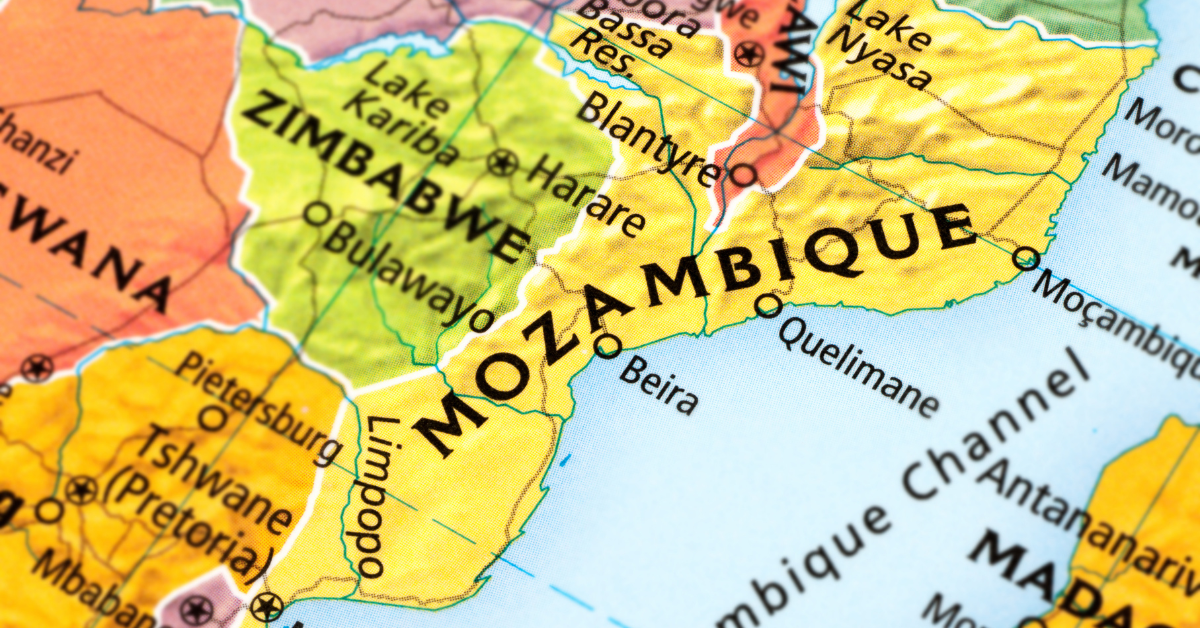When reading old Japanese texts, foreigners may encounter the unusual form “莫三鼻給” for Mozambique. This is not a literal translation but an ateji (phonetic kanji representation). The characters were chosen not for meaning, but only to approximate the sound of the foreign word. Understanding this practice helps learners see how Japanese historically absorbed foreign vocabulary.
What Does the Kanji Form “莫三鼻給” Mean?
The name Mozambique originates from the Portuguese “Moçambique.” In modern Japanese, it is naturally written in katakana. However, from the Meiji era to the early Showa period, there was a custom of writing foreign place names and personal names with kanji. At that time, kanji dominated official documents and print media. Writing foreign names in kanji maintained visual consistency in texts. Thus, the form “莫三鼻給” was created.
The important point is that this is not meant to convey meaning but to approximate sound. For example, directly translating each character—“莫 = not,” “三 = three,” “鼻 = nose,” “給 = give”—creates nonsense. It is simply a phonetic representation to adapt a foreign word into Japanese.
The Kanji Components of “莫三鼻給” and Their Sounds
Each kanji was chosen to mimic the pronunciation of Mozambique.
| Kanji | Japanese Sound | Mozambique Sound | Role |
|---|---|---|---|
| 莫 | mo / baku | Mo | Represents the initial sound |
| 三 | san | Zan | Substitutes the middle sound |
| 鼻 | bi | Bi | Reproduces the consonant |
| 給 | kyū | Ku | Approximates the ending sound |
Ateji do not aim for perfect accuracy. Instead, the priority is to create an overall sound that feels close to the original. For example, Japanese replaced “zan” with “san,” because Japanese phonetics lacked an exact equivalent.
Ateji Culture and Historical Context in Japanese
Ateji are not mere curiosities but an important historical method of integrating foreign words into Japanese writing. In ancient times, Buddhist texts were transcribed from Sanskrit using kanji phonetically. This practice continued into the medieval and early modern periods with Chinese and Korean names, and in the modern era with European words.
| Period | Feature | Foreign Word Examples |
|---|---|---|
| Ancient | Sanskrit Buddhist terms phonetically transcribed | 摩訶般若波羅蜜多 (Mahāprajñāpāramitā) |
| Medieval | Chinese and Korean names adapted | 高麗 (Koryŏ), 明 (Ming) |
| Early Modern | Portuguese/Dutch terms | 葡萄牙 (Portugal), 阿蘭陀 (Holland) |
| Modern | European place names and countries | 亜米利加 (America), 莫三鼻給 (Mozambique) |
| Contemporary | Katakana standardization | アメリカ, モザンビーク |
Thus, “莫三鼻給” belongs to this long tradition of phonetic adaptation.
Other Examples of Ateji for Foreign Words
Mozambique is not the only foreign word given kanji. Many other loanwords were also written this way.
| Loanword | Ateji | Modern Form | Note |
|---|---|---|---|
| Coffee | 珈琲 | コーヒー | Evokes beans and aroma |
| Tobacco | 煙草 | タバコ | Combines meaning and sound |
| England | 英吉利 | イギリス | “英” as a national symbol |
| France | 仏蘭西 | フランス | “仏” chosen phonetically |
| Portugal | 葡萄牙 | ポルトガル | Includes “grape” imagery |
From these, we see that ateji often carried both phonetic and symbolic roles, though in the case of “莫三鼻給,” it was purely phonetic.
The Meaning of the Kanji Is Not Important
It is easy to misinterpret ateji by focusing on meaning. For “莫三鼻給,” some might read it literally as “not three noses to give,” which is nonsensical. The reality is that ateji are chosen only for sound.
| Misunderstanding | Reality |
|---|---|
| Each kanji’s meaning matters | They are symbols for sound only |
| Should be translated literally | Same meaning as katakana version |
| It is a natural Japanese phrase | It is a phonetic workaround |
Understanding this distinction helps foreign learners correctly grasp ateji.
Key Points for Foreign Learners
When foreigners study ateji like “莫三鼻給,” it helps to keep several perspectives in mind.
| Perspective | Content | Study Tip |
|---|---|---|
| Sound Approximation | Accuracy is not the goal | Read aloud and compare |
| Historical Background | Common in Meiji–Showa era | Look at old newspapers/maps |
| Separation of Meaning | Ignore meaning, focus on sound | Think of it as transcription |
| Modern Difference | Katakana is standard today | Always write モザンビーク now |
These points make it easier to appreciate why such unusual forms exist.
Conclusion
The writing of Mozambique as “莫三鼻給” is a vivid example of Japan’s cultural practice of ateji. It demonstrates how kanji were used not for meaning, but as tools to approximate foreign sounds. This practice was widespread in the Meiji and Showa eras, when kanji dominated official communication. Today, katakana has replaced ateji for most foreign words, but understanding forms like “莫三鼻給” is essential when reading historical materials.
For foreigners, this expression offers insight into how Japanese adapted foreign vocabulary creatively, balancing its unique writing system with the need to capture sounds from other languages.






